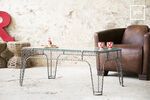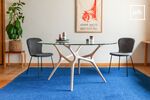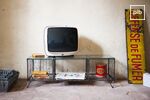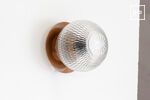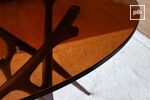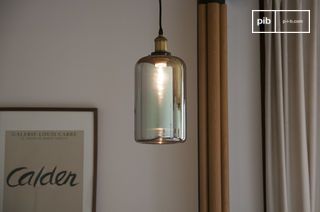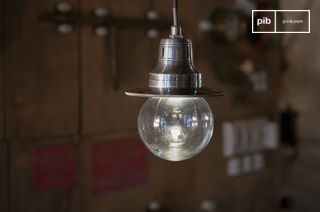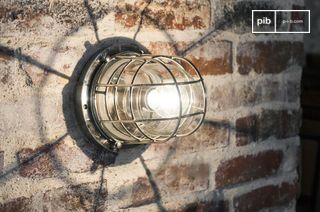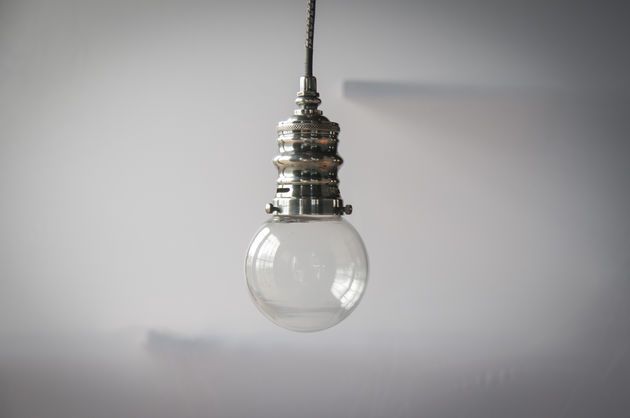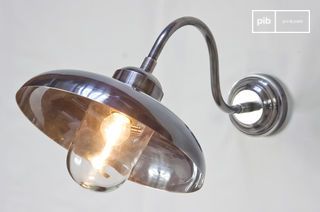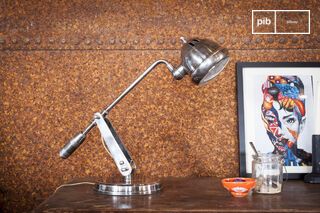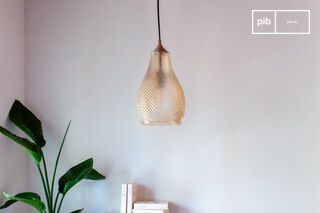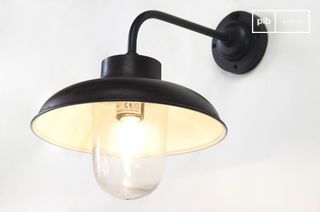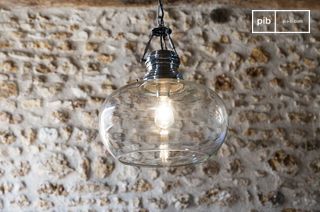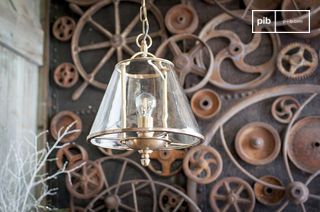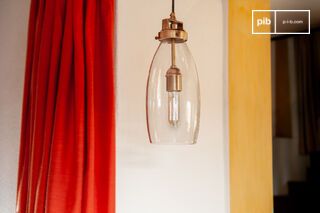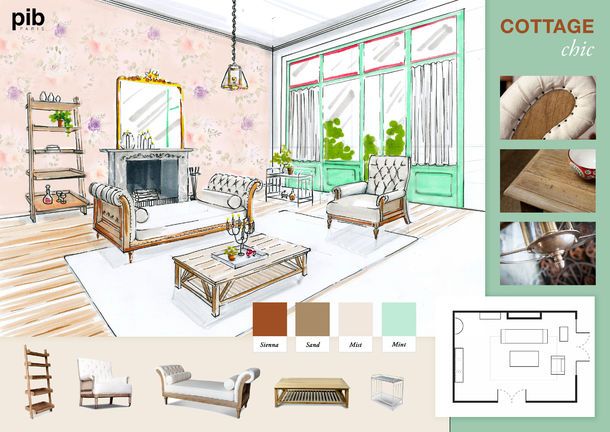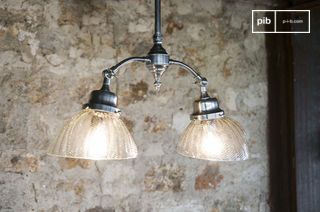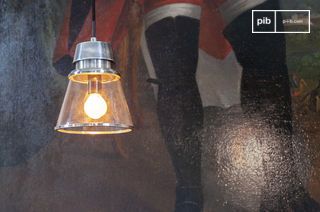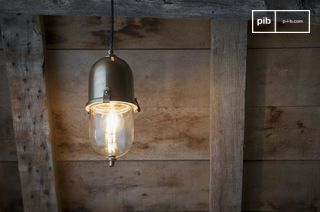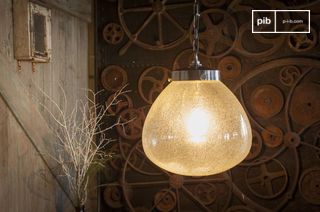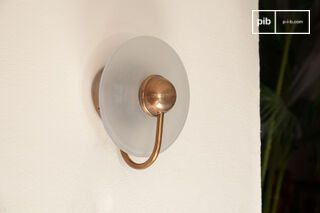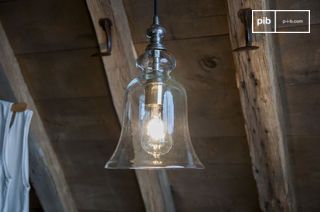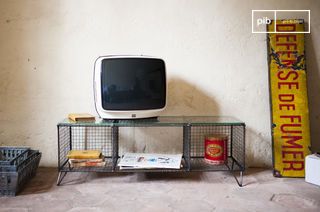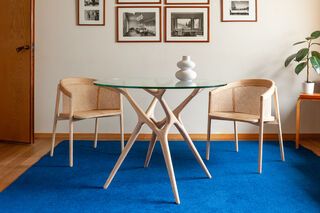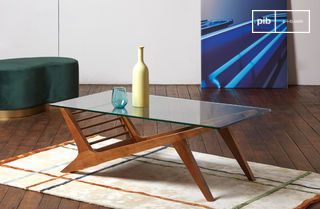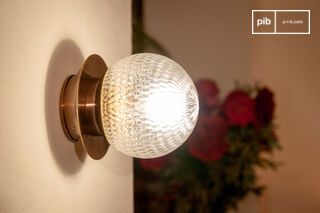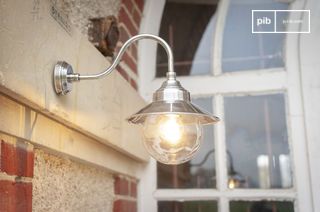Glass
The Glass category includes furniture incorporating this material for its ability to visually lighten volumes. Used on tops, fronts or vertical elements, glass introduces transparency without loss of structure. It modifies the perception of space, opening up perspectives or filtering light. Its clear, sandblasted or textured finish determines its role in the interior design. Each selected piece articulates the material, use and thickness of glass in a logic of legibility and spatial balance.
read more >Filters
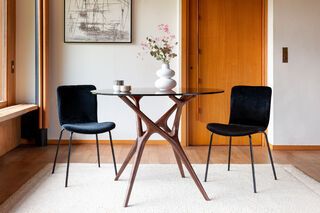
Round glass table with dark solid ash for 4 peopleSylvae
£1025 £920-10%
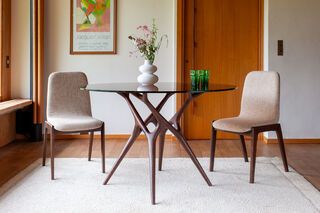
Round glass table with dark solid ash for 6 peopleSylvae
£1195 £1070-10%
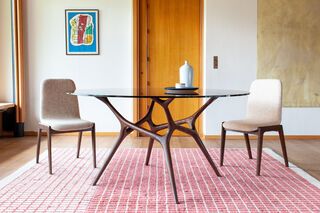
Round glass table with dark solid ash for 8 peopleSylvae
£1560 £1400-10%
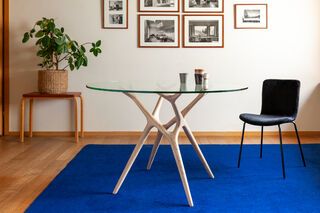
Round glass table with light solid ash for 6 peopleSylvae
£1195 £1070-10%
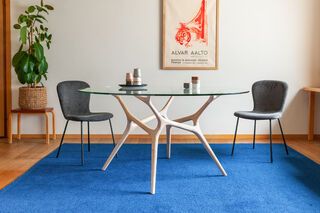
Round glass table with light solid ash for 8 peopleSylvae
£1560 £1400-10%
10 festive days
10% off our tables and consoles
Welcome your guests in style · Limited stock

Glass in furniture: transparency function and visual lightening
Glass is used in furniture for its ability to create visible surfaces without blocking light or closing off volumes. As table tops, furniture fronts or partial partitions, it introduces a transparency effect that reduces the impression of mass. This property makes it possible to fit furniture into tight spaces without compromising legibility or function. Glass can also be used to open lines of sight, link functional areas or detach an object from the visual background without resorting to contrasting colors or textures.
Glass types and visual renderings according to finish
The finish of glass strongly influences its use. Clear, smooth glass lets light through and makes what it covers visible. It is used for visual exposure or passage. Sandblasted or frosted glass diffuses light without allowing a clear view of what it covers. It is suitable for storage units or walls requiring separation without partitioning. Textured glass adds visual thickness, partially filtering light and producing relief effects. The choice of finish depends on the level of privacy required and the direction of natural light in the room.
Arranging and combining glass with other materials
Glass can be integrated into wood, metal or brass structures, depending on function and desired effect. Its role is often to modulate the density of an ensemble: an all-glass shelf appears lighter than a solid wood model. In a dark room, glass reflects or lets through light, increasing perceived clarity. In a dense layout, it avoids the block effect by introducing visually permeable zones. Its use must be thought out in relation to the scale of the furniture, the surrounding materials and the exact function of the glazed surface (support, separation, background).
The *Glass* category presents furniture where this material intervenes as a balancing, filtering or transitional surface. Each piece articulates its transparency or opacity within a logic of design, lighting and space structuring.
The *Glass* category presents furniture in which this material acts as a balancing, filtering or transitional surface
